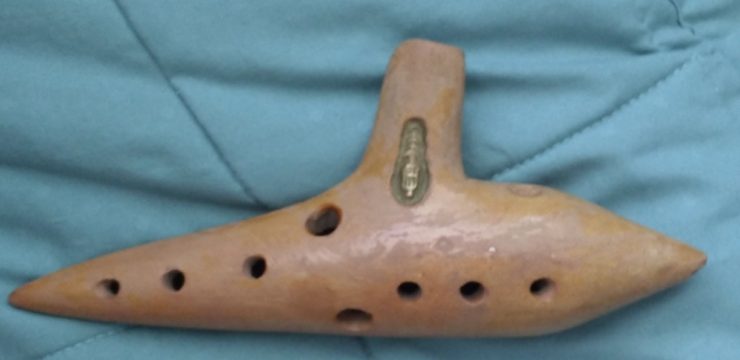Three years ago, I bought an older house filled with charm and character, the kind of place that makes you feel like you’re stepping back in time. But one odd feature has kept me guessing ever since: a small, awkwardly placed nook in the hallway that stands about three feet tall. It isn’t big enough for a closet, too shallow to serve as a proper bookshelf, and it’s located in such a way that putting a decorative piece like a tall vase there would just look out of place.

I asked around and showed it off to visitors, hoping someone might recognize its purpose. Everyone had a theory—some thought it could have been for a statue, others guessed it was a strange design choice—but nothing really added up. It was only after some digging into the home’s architectural history that I stumbled upon something that made perfect sense. It turns out this odd little nook wasn’t unique to my home at all. In fact, it was once a very intentional feature in many mid-20th-century homes: a built-in phone nook. Back in the day, rotary phones were a central part of household life. Families didn’t carry phones in their pockets—they had one, maybe two phones for the entire home, and those phones had a specific, designated place.
In houses built during the 1940s through the 1960s, it was common to carve out a spot in the hallway, complete with a shelf or platform to hold the phone, a space for the hefty printed phone book, and even a little stool or bench for comfort. These nooks were not just a functional necessity; they reflected how integral the telephone was to the rhythm of daily life. Placed in a central location, the phone nook was designed to be easily accessible to every member of the household.
This was before call waiting, speakerphones, or texting—so having a place to sit and talk in peace was a real convenience. Teenagers would perch nearby, whispering into the receiver for hours. Parents might schedule doctor’s appointments, call schools, or catch up with relatives. Messages were written down on notepads left nearby. For many families, that hallway nook was the heart of household communication, a connection to the outside world before the days of social media and smartphones. Fast forward to today, and the world has changed dramatically. With smartphones, video calls, and instant messaging, there’s no longer a need for a dedicated phone station. These days, most of us carry our communication devices everywhere we go, and rotary phones have become nostalgic relics, if not collector’s items. So the hallway nook, once a vital part of the home, has lost its original purpose.
@room_remedies Despite their limited footprint, the end of a hallway space is a great place to add some personality, practical storage options, and meaningful decor. These spaces show that no nook or cranny should be overlooked when decorating your home. You’d be amazed how much of a mood-lifter a well-decorated hallway can be. 🤩 • • These small hallway areas can be challenging to decorate as you don’t typically have a lot of horizontal space to work with. The key is to draw the eye up in this space with vertical height. 🪞 #hallway #hallwaydesign #hallwaydecor #homedecorideas #interiordecorating #decortips #smallspace #decoratingideas #homedecorinspiration ♬ Adore – Instrumental – GC
But instead of letting that space go to waste, modern homeowners have found creative ways to give it a second life. Some people install shelves and turn the nook into a cozy mini-library. Others convert it into a tech-friendly charging station, adding outlets and USB ports to accommodate the family’s devices. Some simply use it as a decorative niche for artwork, framed photos, or seasonal displays. What makes the nook special today is not just its design, but the fact that it serves as a conversation piece—a tangible reminder of how far home life has come. Living in an older house means accepting these little quirks, the features that no longer serve a practical function but still carry a sense of history and nostalgia. That three-foot hallway nook is a small piece of a much bigger story, one that reflects how people used to live, communicate, and design their homes around their everyday needs. Even though I may never use it to take a phone call, I’ve come to appreciate its presence. It connects me to a different time and invites a kind of creativity in figuring out how to make it work for my lifestyle today. In a world where everything moves fast and trends change constantly, having a reminder of the past built right into the architecture of my home feels like a quiet, charming nod to simpler days.





